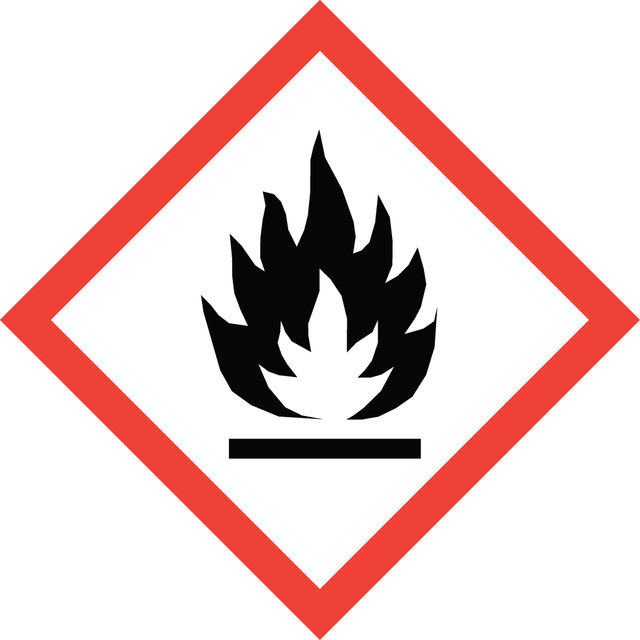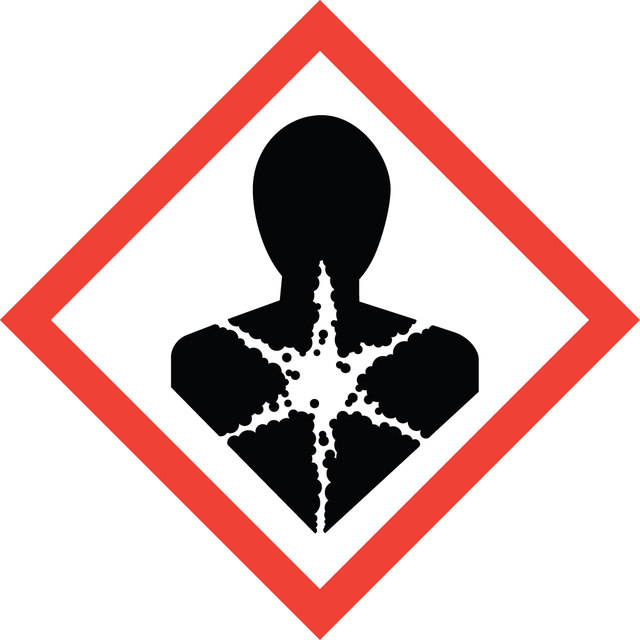Select a Size
About This Item
description
Electrodes
Quality Level
form
dispersion (in DMF)
feature
avg. no. of layers 1 ‑ 3
concentration
0.2 mg/mL (PEDOT:PSS)
1 mg/mL (electrochemically exfoliated graphene)
sheet resistance
500 Ω/sq, 20 nm film: 80% transmittance
General description
- Graphene preparation method: Electrochemical exfoliation.
- Graphene thickness by AFM: 80%, 1-3 layers.
- Sheet size by AFM: 10 μm.
- Oxygen content: 7.5% (by XPS) (C/O-ratio: 12.3).
- Raman I_D/I_G ratio: 0.4.
- Sheet resistance: 4.8 kΩ/sq.
- Typical properties of films produced thereof (after spray coating):
b) 20 nm film: 80% transmittance, 500 Ω/sq (as made).
Signal Word
Danger
Hazard Statements
Precautionary Statements
Hazard Classifications
Acute Tox. 4 Dermal - Acute Tox. 4 Inhalation - Eye Irrit. 2 - Flam. Liq. 3 - Repr. 1B
Storage Class Code
3 - Flammable liquids
WGK
WGK 2
Flash Point(F)
136.4 °F
Flash Point(C)
58 °C
Regulatory Information
Choose from one of the most recent versions:
Already Own This Product?
Find documentation for the products that you have recently purchased in the Document Library.
Articles
The European Green Deal and Circular Economy Action Plan address resource challenges with eco-products and circulatory work, while the revised EU Ecodesign Directive promotes e-waste reduction and natural resource value reform. This review examines renewable substrates and conductive materials for flexible electronics.
Advancements in bioelectronics, incorporating self-healing materials for wearable devices, and measuring bioelectric signals to assess physiological parameters.
Advances in scalable synthesis and processing of two-dimensional materials
Self-healing soft electronic materials offer potential cost savings and reduced electronic waste.
Our team of scientists has experience in all areas of research including Life Science, Material Science, Chemical Synthesis, Chromatography, Analytical and many others.
Contact Technical Service

